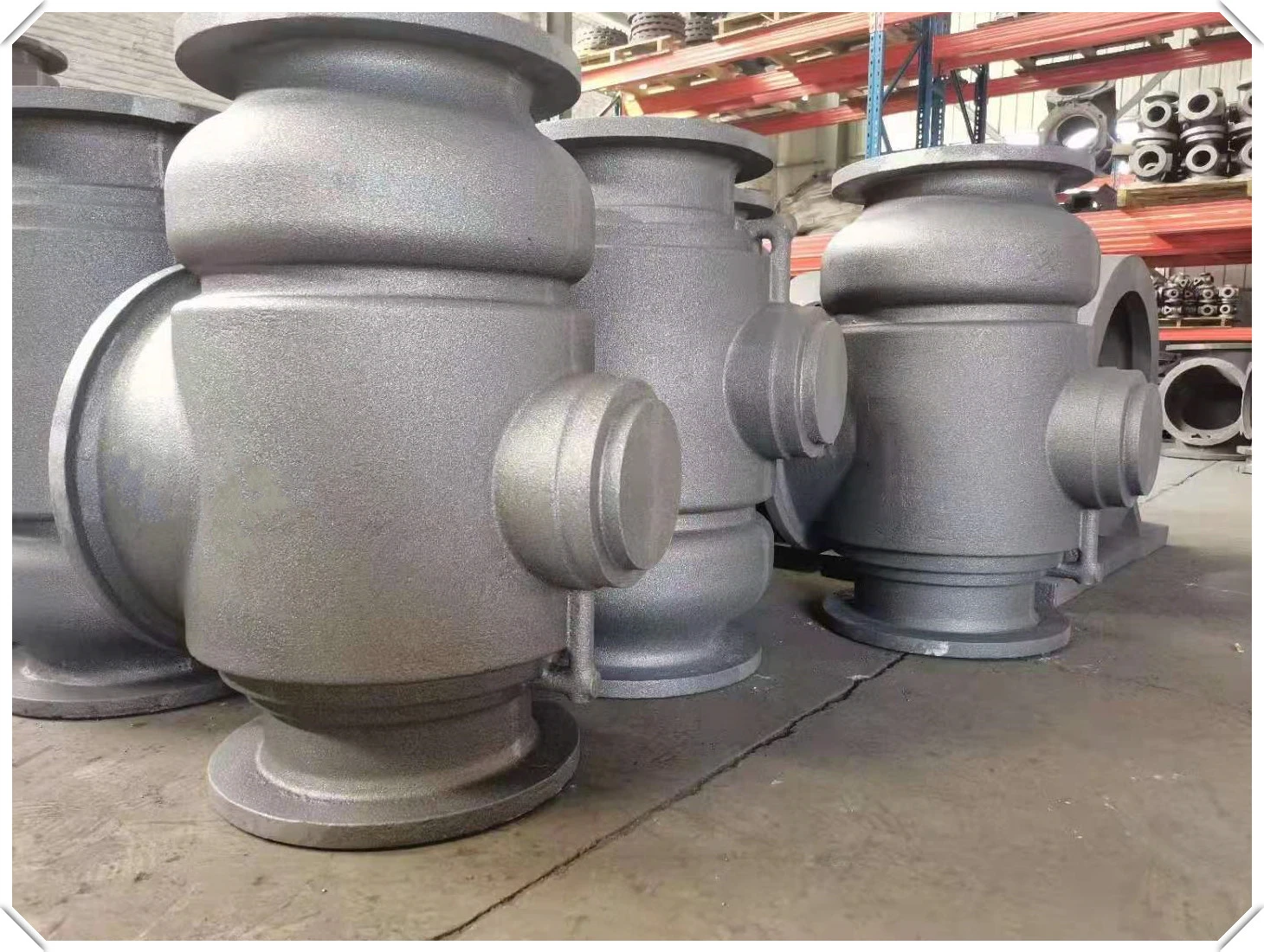Mobile:+86-311-808-126-83
Email:info@ydcastings.com
Understanding Cap Pipe Fittings and Their Applications in Plumbing Systems
Understanding Cap Pipe Fittings A Comprehensive Overview
Cap pipe fittings are essential components in plumbing and piping systems, providing a crucial function in both residential and commercial applications. These fittings are designed to close the end of a pipe, effectively sealing the system and preventing leaks. Caps come in various materials, sizes, and styles, making them versatile for different uses and environments.
One of the primary purposes of cap pipe fittings is to terminate a pipeline, thereby ensuring that the flow of liquids or gases can be controlled and managed. They are often used in situations where a portion of the piping system is not currently in use or to safeguard against external contaminants. For instance, when constructing new piping infrastructure, caps are frequently employed to block open ends until the system is ready for operation.
Cap fittings are commonly made from a variety of materials, including PVC, copper, stainless steel, and ductile iron. The choice of material largely depends on the specific requirements of the application, such as temperature, pressure, and the nature of the fluid being transported. For instance, PVC caps are lightweight and resistant to corrosion, making them ideal for water supply systems. In contrast, metal caps like those made from stainless steel are more robust and suitable for high-pressure applications.
cap pipe fitting

When selecting cap fittings, size compatibility with existing pipes is crucial. Cap fittings come in numerous diameters, and it is essential to measure the pipe’s outside diameter accurately for a proper fit. Additionally, understanding the threading and joint types—such as threaded or slip fittings—is necessary for installation. Misalignment or incorrect fitting can lead to costly repairs and operational inefficiencies.
Installation of cap pipe fittings is generally straightforward, but following the correct procedures is vital to ensure a leak-free seal. For threaded caps, pipe dope or Teflon tape can be applied to facilitate a tighter seal. In the case of PVC caps, a solvent cement is used to bond the cap to the pipe permanently.
Furthermore, cap pipe fittings can serve aesthetic and safety purposes. By providing a neat and tidy finish to open pipes, they help maintain the overall appearance of plumbing installations. Additionally, capping off unused pipe sections reduces the risk of accidents, such as tripping hazards or contamination from debris entering the piping system.
In summary, cap pipe fittings are indispensable tools in the fabrication and maintenance of piping systems. Their utility in sealing pipes ensures system integrity while offering protection and a clean look. As plumbing technology evolves, the designs and materials of cap fittings continue to improve, further enhancing their performance and applicability across various industries. Understanding the properties and functions of these fittings is key for anyone involved in plumbing or construction projects.
-
Impeller Technology That Powers Precision in Pump SystemsNewsMay.22,2025
-
Valve Durability Begins with Quality Cast Iron ComponentsNewsMay.22,2025
-
Performance Cooling with Advanced Automobile Water Pump SolutionsNewsMay.22,2025
-
How Motor Housing and Oil Pans Shape Engine PerformanceNewsMay.22,2025
-
How Metal Castings Drive Modern Manufacturing EfficiencyNewsMay.22,2025
-
Exploring the Engineering Behind Valve Body CastingsNewsMay.22,2025











